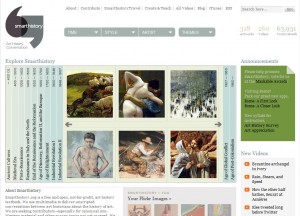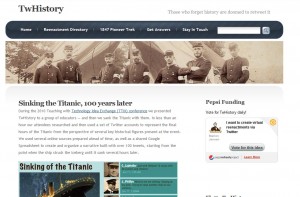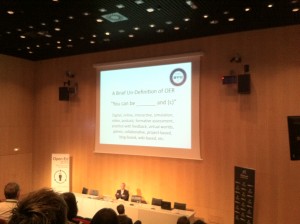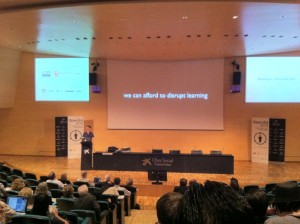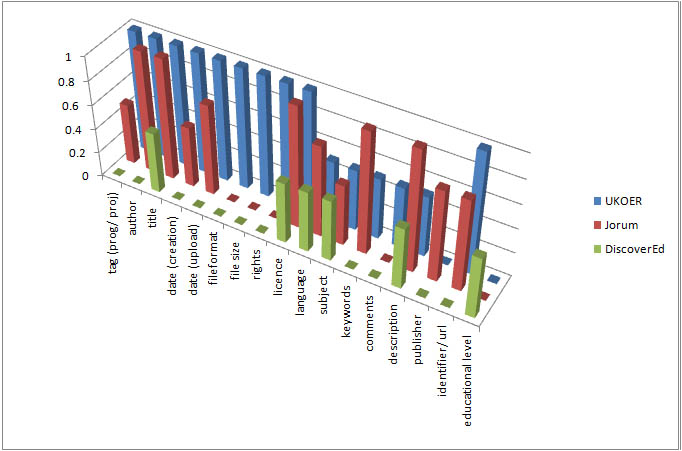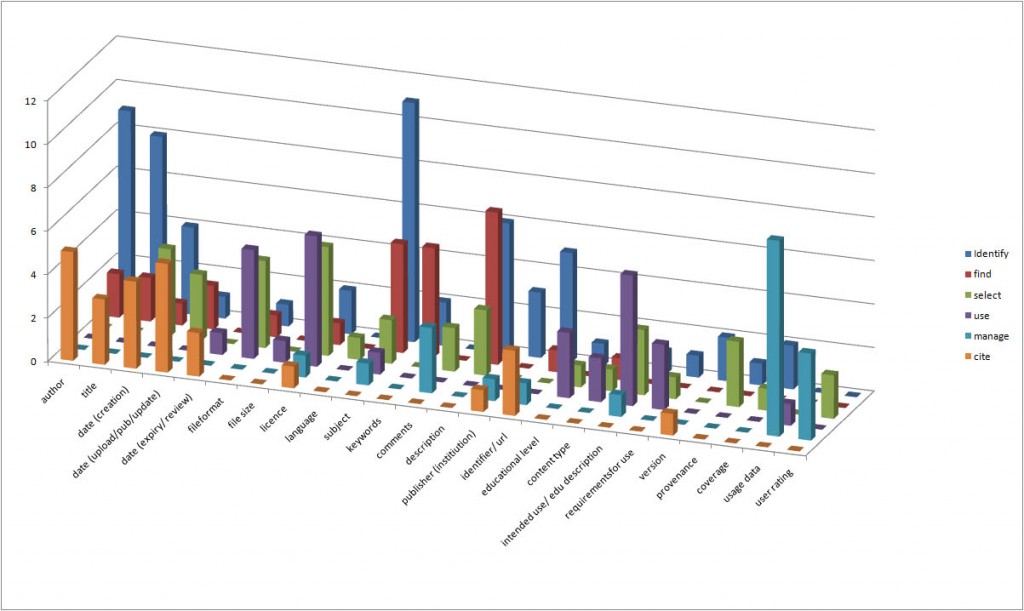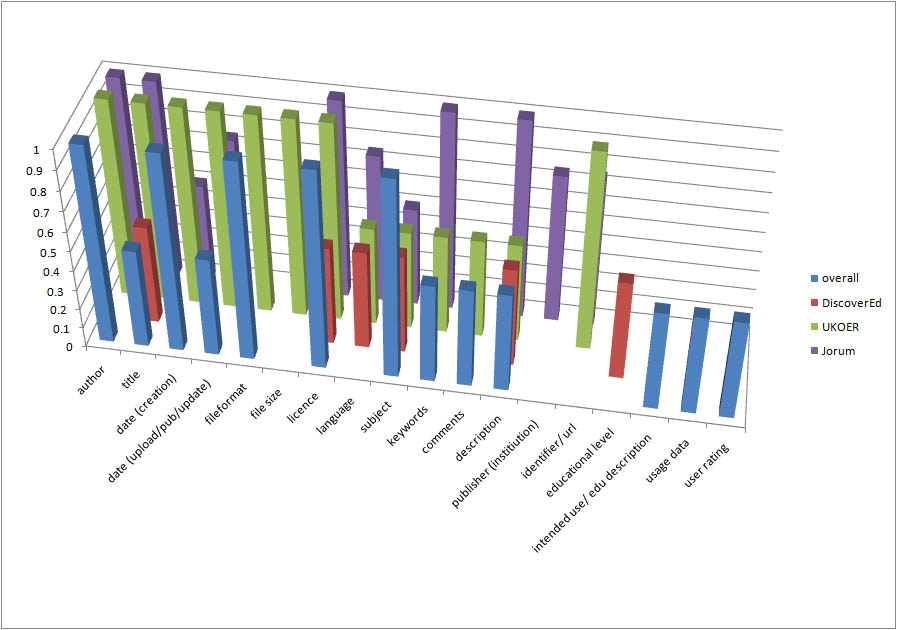Last week CETIS organised a workshop at the repository fringe 2011 #rfringe11 on the Advances in Open Systems for Learning Materials (#rfCETIS ). Phil’s collected blog posts and presentations-here.
This post is to briefly capture some of the discussion around the warm up act – our attempt to help the workshop participants, think about some of the different challenges that arise when managing learning materials. Both to help those participants coming from a more general repository background think through any possible differences which managing learning materials might make to their practice and systems, but also to remind participants of the different requirements which emerge from different types of learning materials.
The activity was to consider the differences between an OER collection (of any type(s) of material) and a collection of high stakes summative question items (and answers/ rubrics). It was framed in terms of quickly identifying some of the key issues in managing collections, the key discovery mechanisms, and what role or functionality users might expect the chosen ‘asset management system’ to support. In retrospect the timing of the activity was perhaps too short for group discussions but a few people asked me to write up some of the group feedback, so..
Issues in managing materials for learning and teaching
- Can students contribute?
- Can you use external content?
- Do you need a formal deposit/ management workflow? (more likely to be needed if content open)
- Do you need to manage IPR?
- Do you need to worry about producing a final copy? maintaining version control?
- How do you judge / promote / surface quality materials?
- Do you need to quality screen resources?
- Do you need to update resources or provide a mechanism for them to go out of date?
- How do you manage security for assessment items? how do you manage time-to-live or other date restrictions?
Discovery issues for learning and teaching materials
- Can you find it in Google? (if not – forget it?)
- How do you navigate balance of Google and local indexing/ discovery tools?
- How much metadata do you need? from who? how much of a time commitment is it?
- How do you apply licences?
- How do you tie into/ relate to/ develop discipline specific social networks?
- How does your system overlap with/ integrate/ relate to the VLE?
- How do you support course based discovery?
- What issues are there in sharing data (data artefacts and types of data about resources) [including individual’s data/ corporate image]?
- What level and type of info do you want around assessment items?
Issues for users
- How does the system enhance learning experience?
- How does the system suggest/ support discovery of additional related resources?
- Can you find out anything about past exams? what can you find out?
There was plenty of feedback I’ve not managed to capture in this summary, but this gives a bit of a flavour of some of the issues which emerged and helped frame the approaches that the subsequent presenters discussed.
